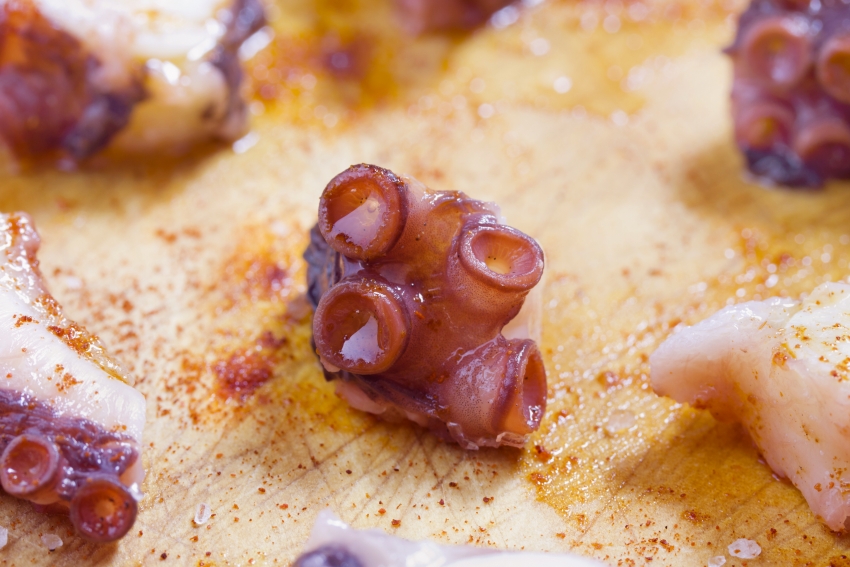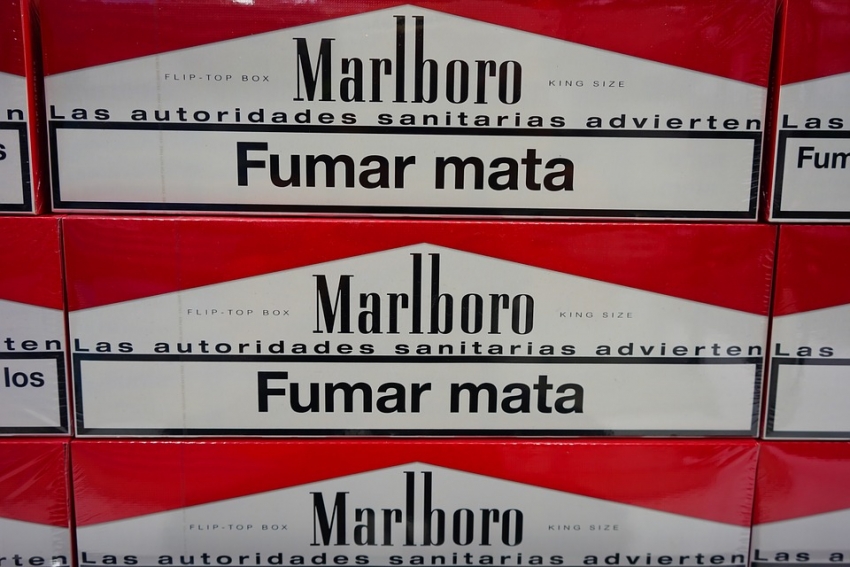Common Types Of Gran Canaria Fish
Abae: Grouper
Atun: Tuna
Boquerones: Small anchovy fillets pickled in vinegar: Nicer than they sound.
Bacalao: Cod
Bacalado salado: Salted cod
Baila: Wild Canarian seabass (very rare)
Bicudo: Barracuda
Bonito: Small tuna
Breca: Pink bream
Caballa: Mackerel (seasonal)
Cabrilla: Comber
Cherne: Deep sea grouper
Chicharo: Horse mackerel (seasonal)
Dorada: Farmed gilthead bream
Gallo: Triggerfish
Lenguado: Sole
Longorones: Whitebait
Lubina: Farmed seabass
Medregal: Amberjack (meaty and sold as steaks)
Merluza: Hake
Mero: Grouper
Morena frita: Fried moray eel (bony and fatty: Best left in the sea)
Pejerey: Bluefish
Pescaitos: Tiny, hake-like fish served deep fried with their tails in their mouths.
Pez de San Pedro: John Dory
Pez espada: Swordfish
Pulpo: Octopus
Rascacio: Scorpionfish (used for soup)
Salema: Porgy (avoid)
Sama: Dentex or giant (and delicious) pink bream
Sardinas: Sardines
Sargo: Striped bream
Sierra: Small Tuna
Tapaculo: Flatfish
Vieja: Parrotfish
Common Gran Canaria Restaurant Terms
A la espalda: A fish that has been split open and grilled skin side down. Comes with lots of garlic.
Al Horno: Baked
A la plancha: Grilled
A la sal: Whole fish cooked under a crust of salt
Almejas: Clams
Arroz caldoso de bogavante: Soupy rice with lobster
Bogavante: Lobster with claws
Buey: Edible or brown crab
Berberechos: Cockles
Burgaos: Winkles
Calamares: Squid
Calamares a La Romana: Battered and fried squid rings. So 1980s
Calamares fritos: Squid rings dipped in flour and fried
Camarones: Small shrimps served whole. Eating the head is optional
Chipirones: Small grilled squid. Best with green mojo
Centollo: Spider crab
Ceviche: Peruvian dish made with raw fish 'cooked' in fresh lime juice.
Cigala: Dublin Bay prawn
Churros de pescado: Battered white fish
Choco: Cuttlefish. Like squid, but sweeter
Croquetas de pescado: Fish croquettes
Erizos: Sea urchins
Frita: Fried
Gambas: Prawns
Gambas al ajillo: Garlic prawns
Gambas a La Gabardina: Prawns in batter
Gofio escaldado: Thick gruel made from gofio, fish soup and mint leaves, served with red onion. Traditional seafood side dish in the Canary Islands.
Huevas: Fish roe, normally cod or hake. Fried and served whole.
Langosta: Spiny lobster (imported)
Lapas: Limpets: Served with green mojo. Chewy but tasty.
Mejillones: Mussels
Mojo: Canarian garlic and coriander sauce. Green version served with fish.
Navaja: Razorshell
Ostras: Oysters. Not native and imported from Galicia in northern Spain.
Paella: Pronounced pa-e-ya. Only order if the menu warns that it takes a while (otherwise it's frozen and not so good) or at weekends when many restaurants knock up a batch.
Pella de gofio: Think paste made with roasted maize flower: Served with sancocho stew.
Pescado de barquillo: Small fish caught by local inshore fishermen. Served fried of grilled.
Pulpo: Octopus
Pulpo frito: Small octopus fried whole and served with green mojo.
Pulpo a La Gallega: Sliced octopus tentacles served with sea salt and paprika
Puntitas de calamar: Tiny squid battered and deep fried. Like seafood popcorn.
Rodaballo: Turbot (farmed)
Salpicón de marisco: Seafood salad with peppers, onion and a mixture of seafood and fish. Served cold with olive oil and vinegar. Can be delicious.
Sancocho: Traditional Canarian stew made from salted fish: An acquired taste.
Sopa de marisco: Seafood soup
Tacos de pescado: Bits of white fish dipped in flour and fried.
Tollos: Strips of dried dogfish. Often stewed. Avoid.














